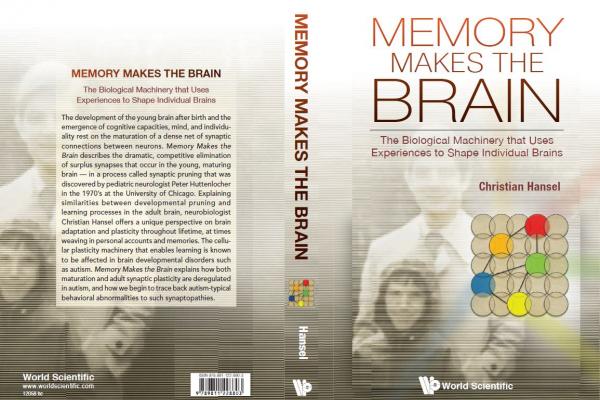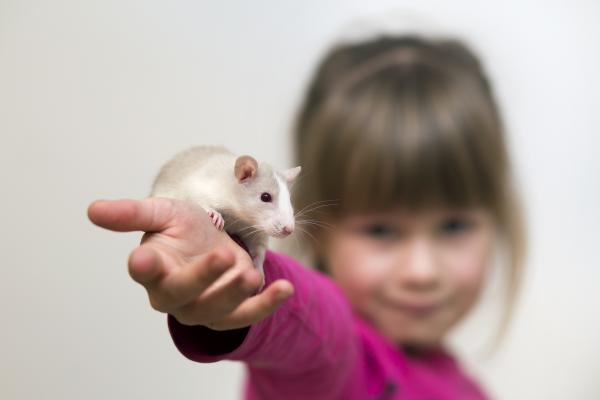
Understanding how neural plasticity and pruning work together in brain development may help us address the problem of autism—and at the same time understand the very processes that work to create the absolute uniqueness of every human being.


© 2024 The Neuroscience Institute. All Rights Reserved. Web Design by EDUCO